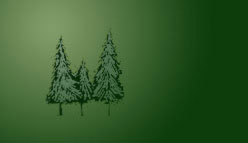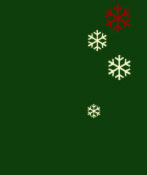|
Logistics are simple, provided Scouts are given advance notice. Do
this by including a list of required materials on the event announcement flyer.
Each Scout needs to bring:
· A completed BSA merit badge application card signed by their Scoutmaster.
· A Field Guide to the Birds of Eastern
(or Western as appropriate) North America by Roger Tory Peterson. Peterson is the easiest to teach kids from, and having kids
all use the same text is best.
(The Peterson field guide can be borrowed from their local public library if money is a
problem)
· Bird Study Merit Badge Pamphlet (2013 Edition)
· A good pair of binoculars (the best that they can borrow),
unless you have enough loaners.
· A small notebook (an eight inch by five inch spiral notebook is ideal) in a ziplock
plastic bag
· Two pencils
· An clean one gallon plastic milk jug to make a bird feeder
· Pocketknife
· Scissors
In addition, all should be suitably dressed for a day hike (Scouts BSA Handbook page 241) including:
·
Lunch
· Small backpack,
· Water,
· Suitable shoes and clothing
· Raingear.
The Instructor
additionally needs:
· Flash cards and/or Link to eBirds of forty locally common
birds. Flash cards can be made by clipping photos of local birds from magazines, calendars or printing them from a computer.
Organizations that conduct beginning bird watching courses may have a set you can use.
You can use the ebird site to make a custom quiz of your forty common birds. This can be used as a gathering time
activity.
· A tape or CD of common and easily identifiable local
calls. If you can arrange it, a computer and an LCD projector can be used to both display the field marks and play the
calls of the birds.
· Flip Chart and markers or a chalkboard and chalk.
· A projector,
screen, extension cords and cassette player
· Lens Tissue and cleaner (an old pair of binoculars
to demonstrate cleaning might also be useful)
· Florist wire and wire cutters for making hanging
loops for the feeders. .
· Handouts of sketches of a bird and wing for tracing and labeling
by Scouts. These can be photocopies out of most field guides.
· Although unlikely to be used, a first aid
kit and telephone should be available in the event of an emergency.
Publicity and Scheduling
|




